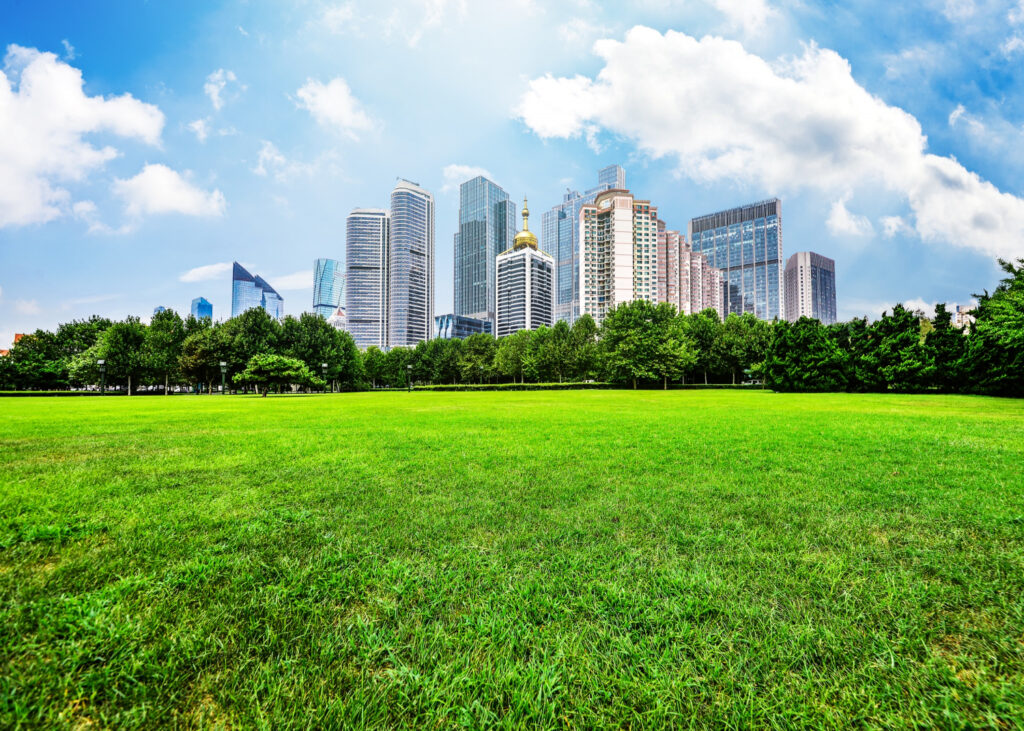In the realm of sustainable construction, bioengineered concrete has emerged as a promising alternative that addresses both environmental concerns and the growing demand for efficient building materials. This article aims to provide Malaysians with valuable insights into the concept of bioengineered concrete, including its composition, manufacturing process, and the advantages it offers in terms of sustainability and construction practices. If you’re interested in learning more about this innovative approach to construction, read this article for a comprehensive overview.
What is Bioengineered Concrete?
Bioengineered concrete, also known as biocement, is a sustainable construction material that integrates microorganisms to enhance its properties. It is composed of traditional concrete mixed with bacteria that precipitate calcium carbonate, which acts as a binder to reinforce the structure. This innovative approach reduces the carbon footprint associated with traditional concrete production while offering improved durability and lower maintenance costs.
How is Bioengineered Concrete Made?
The production process of bioengineered concrete involves the following steps:
- Bacterial Inoculation: Specific bacteria, such as Sporosarcina pasteurii, are mixed into the concrete mixture. These bacteria have the ability to produce calcium carbonate through a process known as microbial-induced calcite precipitation (MICP).
- Activation: The bacteria are activated by adding water and nutrients, triggering their metabolic activity. As the bacteria consume the nutrients, they produce calcium carbonate, which strengthens the concrete matrix.
- Precipitation: Over time, the bacteria precipitate calcium carbonate, forming crystals that fill the gaps between aggregates and bind the concrete components together. This process enhances the overall strength and durability of the bioengineered concrete.

The Advantages of Bioengineered Concrete
- Enhanced Sustainability: Bioengineered concrete significantly reduces carbon emissions associated with traditional concrete production. By utilizing bacterial activity instead of energy-intensive processes, it offers a more environmentally friendly alternative for construction projects.
- Increased Durability: The incorporation of calcium carbonate crystals in bioengineered concrete improves its resistance to corrosion, cracking, and weathering. This results in longer-lasting structures with reduced maintenance requirements and lifecycle costs.
- Improved Resource Efficiency: Bioengineered concrete can be manufactured using locally available materials, reducing the reliance on scarce resources and minimizing transportation-related carbon emissions. It also promotes the use of recycled aggregates, further enhancing its sustainability credentials.
- Versatile Applications: Bioengineered concrete can be used for a wide range of construction applications, including foundations, walls, floors, and even architectural elements. Its versatility allows for seamless integration into existing construction practices, making it an attractive choice for builders and developers.
Conclusion
Bioengineered concrete represents a sustainable revolution in the construction industry, offering Malaysians a greener and more efficient alternative to traditional concrete. Through the integration of bacteria, this innovative material demonstrates enhanced durability, reduced environmental impact, and improved resource efficiency. By embracing bioengineered concrete, Malaysia can move closer to achieving its sustainability goals while creating structures that stand the test of time. As the demand for sustainable construction practices continues to grow, bioengineered concrete stands poised to revolutionize the way we build, shaping a greener future for generations to come.


Recent Comments